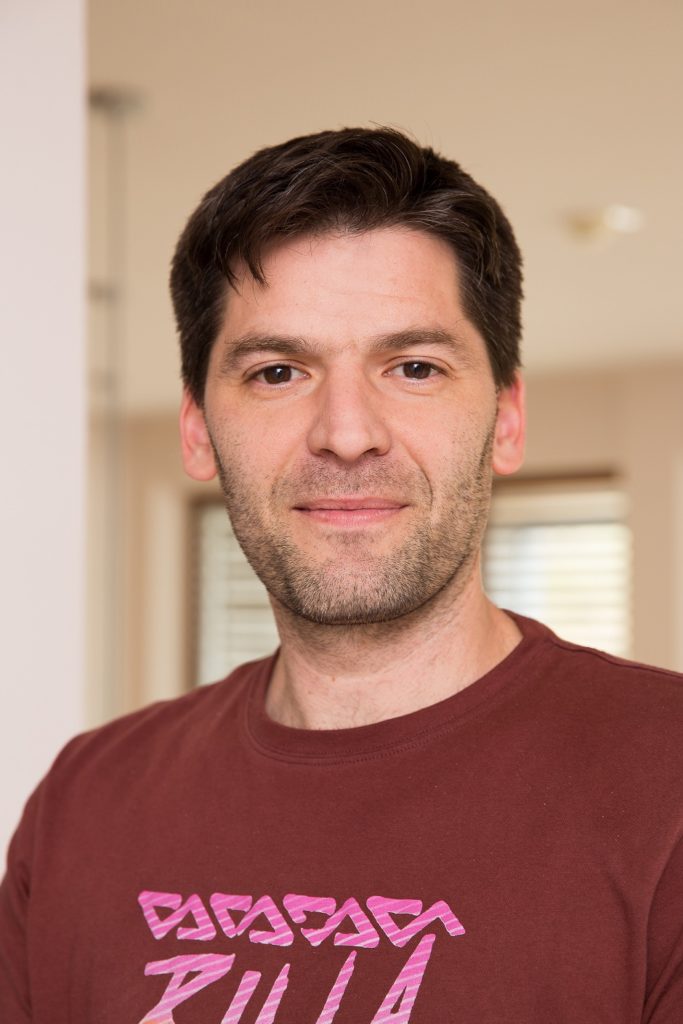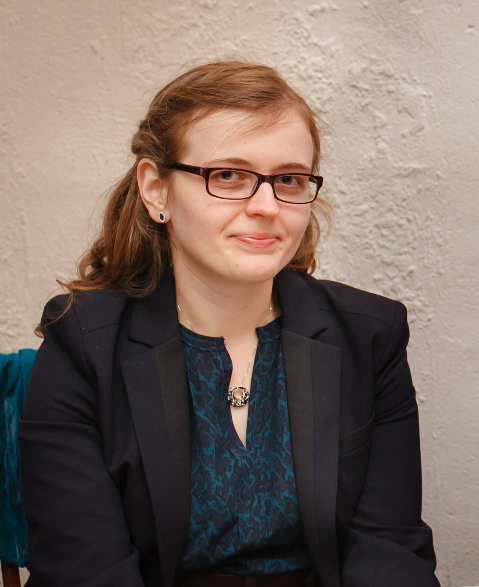
After completing her master’s degree, Luxembourg national Dominique Santana decided to spend time in her mother’s birth country Brazil. While there, she became intrigued by Brazil’s communities of Luxembourgish nationals and wanted to investigate further. Now in the first year of her AFR PhD at the Luxembourg Centre for Contemporary and Digital History (C²DH) at the University of Luxembourg, Dominique is examining the paths of Luxembourgers who emigrated to Brazil from 1920 – 1965, which has already rekindled old friendships.
“Considering my research topic, it became quickly clear to me that there would be no better place to conduct my research than the University of Luxembourg in Belval, located in the heart of the Luxembourgish industrial heritage,” says Dominique Santana about why she chose to do her PhD in Luxembourg, adding:
“The sight of the old furnaces is certainly inspiring for my research, as they are silent witnesses of the past. Moreover, I enjoy my international work environment and see real potential in Luxembourg to evolve into a key destination for researchers worldwide.”
Exploring migration factors
Dominique Santana familiarised herself with the daily routine of professional researchers when she worked as a student assistant at the Commission for the History of Parliamentarianism and Political Parties (Kommission für Geschichte des Parlamentarismus und der politischen Parteien) during her master’s studies at the Humboldt-Universität in Berlin, Germany. After completing her degree, Dominique moved to Brazil, where she shaped her academic ambitions:
“While living in Rio de Janeiro, I noticed that hundreds of Luxembourgers had followed the same path in the past century. I was particularly curious about the communities of Luxembourgers, who had moved to Brazil, primarily in order to work for Arbed’s Brazilian subsidiary.”
Intrigued by the discovery that raised interest in the connections between her two root-countries, Dominique began to dig deeper into the subject by travelling to the regions where the majority of the Luxembourgers had settled.
“Visiting the company’s archives and meeting the Luxembourgers still living in Brazil, strengthened my desire to further investigate this migration history by making it the topic of my PhD project,” Dominique explains.
And so she did. Dominque started her PhD in October 2017, and is specifically investigating Luxembourgish emigration to Brazil between 1920 and 1965. Dominique explains that this migration was mainly linked to the industrial expansion of the Belgian-Luxembourgish steel maker Arbed in Brazil:
“The establishment of its subsidiary Companhia Siderúrgica Belgo Mineira (CSBM) in 1921 involved the settlement of hundreds of European engineers, technicians and agronomists with their families in the state of Minas Gerais. As a consequence, political and diplomatic ties between both countries were strengthened and canalised through Belgo Mineira via honorary consuls, all linked to the company.”
However, Belgo Mineira was not the sole factor for Luxembourgish migration to Brazil during that period. Dominique explains that she will also be looking at other migration paths, such as Jewish refugees during WWII :
“In this context, the different factors for migration, the migrants’ paths, their acceptance or rejection in the host country and the different networks that emerged within the expat communities are being closely examined. Furthermore, the project sheds light on Belgo Mineira’s considerable networks. In fact, the steel company was the only diplomatic representative for the Grand-Duchy and therefore played a central role in the migration policies.”


“Researchers should embrace the multiple fascinating ways of ‘writing’ history”
Thinking about how she wants to present her research findings, Dominique explains that it is only recently that historians have begun to experiment with new tools, which provide a wealth of opportunities for historical narratives. Her ceaseless creativity and experiences with audio-visual media pushed her to step into the world of interactive factual storytelling:
“I personally consider audio-visual storytelling a valuable tool for historians striving to reach a broader public.”
“Inspired by the interdisciplinary Centre for Contemporary and Digital History (C²DH), I would like to provide a new dimension to historical narratives by making an interactive web-documentary, which would involve the viewers more actively, for instance by using non-linear methods of storytelling. This can be challenging to historians used to traditional narratives, but researchers should embrace the multiple fascinating ways of “writing” history!”

Re-kindling old friendships
Although still early in the project, Dominique’s research has already had a positive effect on others’ lives:
“Two aspects I particularly appreciate about my research are that it concerns more people than I imagined and that it has the ability to rekindle old friendships. Last year, I met an old friend while waiting for my turn at the doctor’s waiting room. When I briefly told him about my research project, he immediately arranged a meeting with his mother, who was born and raised in Brazil because her father was sent to Belgo Mineira in the late 1940s.
“My friend’s mother and I then met at a café and she shared her experiences of growing up as a single daughter of Luxembourgish expats in Minas Gerais and São Paulo. She used to have an inseparable Luxembourgish best friend and regretted to have lost touch with her since she moved to Luxembourg at the age of 30.”
“I happened to know her former best friend, whom I met in Belo Horizonte. The two old best friends who hadn’t seen each other for decades spent several hours catching up with each other’s lives on the phone and will meet soon in Luxembourg.”
Published 3 July 2018





